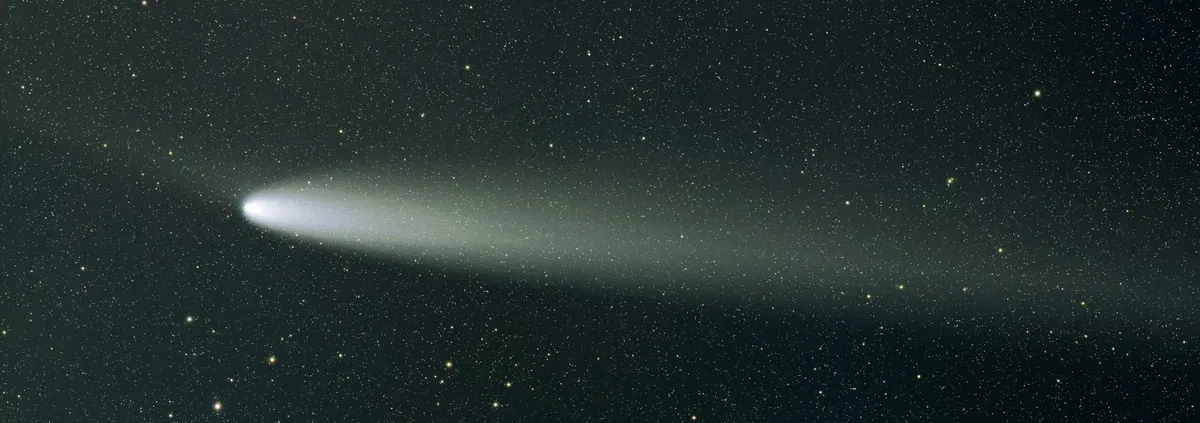Copyright euroweeklynews

The recent identification and reports of the comet 3I/ATLAS has sparked widespread interest among astronomers, space agencies and curious members of the public alike. Only the third confirmed interstellar object to pass through our solar system, following ʻOumuamua in 2017 and Comet Borisov in 2019, this celestial visitor is offering researchers a rare chance to study material that formed outside our solar system. Unlike most comets that originate from the Oort Cloud or the Kuiper Belt, 3I/ATLAS is not gravitationally bound to the Sun. Instead, it is travelling along a distinctly hyperbolic path that makes clear it has come from far beyond our planetary neighbourhood. Its passage is temporary: it will enter, pass by, and leave again, never to return. Origin and Discovery Tracked from the southern skies in Chile The comet was first detected on July 1 by the ATLAS (Asteroid Terrestrial-impact Last Alert System) telescope network, with the discovery observation made from the site at Río Hurtado, Chile. Once its orbit was calculated, astronomers confirmed its interstellar origin and gave it the official designation C/2025 N1 (ATLAS), later upgraded to 3I to mark its status as the third known interstellar object. What makes 3I/ATLAS particularly significant is not just its origin, but the timing of its appearance. The comet is moving into a part of space where it is increasingly visible to both ground-based telescopes and instruments in orbit. This allows scientists to collect valuable data while it is still relatively close, before it slips back into deep space. Speed and Trajectory A fast-moving visitor passing safely by Earth One of the most extraordinary elements of 3I/ATLAS is its speed. Travelling at approximately 210,000 km/h, it is one of the fastest objects of its kind ever recorded. Despite its dramatic arrival, it poses no threat to Earth. Current orbital models show that the comet will reach its closest point to the Sun in late October, at a distance of around 1.4 astronomical units (roughly 210 million kilometres). Its closest approach to Earth will be at an even greater distance, meaning there is no risk of impact or hazardous debris. This safe but close-enough passage provides a valuable observational window. Both professional and advanced amateur astronomers are expected to track it as it develops a more prominent tail while approaching the Sun. Composition and Scientific Value A natural sample from another star system Comets act as time capsules, preserving ancient materials from their place of origin. Because 3I/ATLAS comes from beyond the solar system, its composition could help scientists understand how other planetary systems form. Early spectral readings suggest the comet contains water ice, carbon-based compounds and volatile gases, similar to many comets native to our system. However, variations in its dust patterns and the ratios of certain molecules hint that its chemical history is different. This makes 3I/ATLAS an extremely valuable research target, especially for observatories such as the James Webb Space Telescope. 3I/ATLAS is only the third confirmed interstellar object to enter our solar system. It poses no danger to Earth, passing at a safe distance throughout its trajectory. Its high speed and hyperbolic orbit confirm that it originated from outside the Sun’s gravitational influence. Scientists hope that examining its composition will reveal clues about how other star systems formed. As it draws nearer to the Sun, 3I/ATLAS is expected to become progressively brighter, possibly becoming visible through binoculars or small telescopes under dark skies. Whether it becomes widely visible to the naked eye remains uncertain, as such behaviour is notoriously unpredictable. Nevertheless, the comet’s brief visit represents a rare scientific moment. Once 3I/ATLAS leaves our solar system, it will not return. For astronomers, the coming months are a race against time to learn as much as possible from this fleeting guest before it slips back into the vast unknown.



